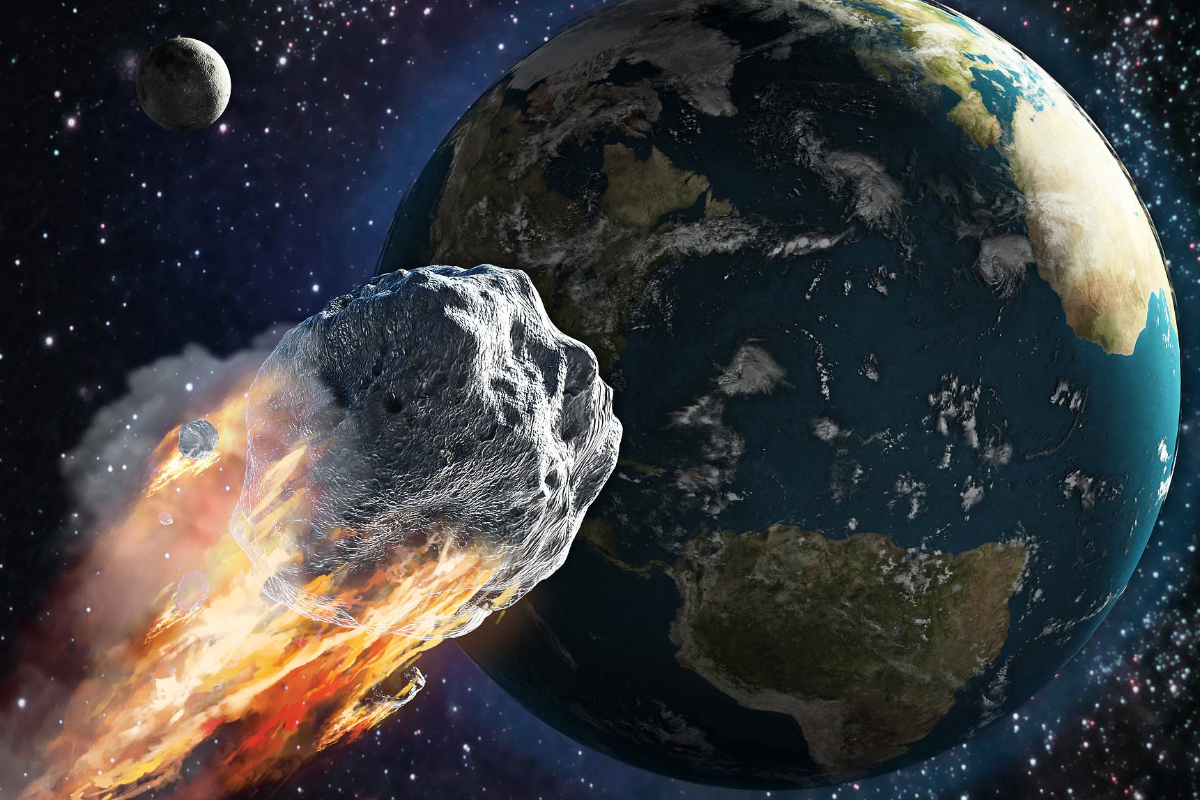- NASA predicts Earth will witness the gravitational dance of two nearby asteroids.
- The asteroids, classified as near-Earth objects (NEOs), may not be visible to the naked eye.
- The first asteroid, named ‘2018 NW’, will make its closest approach at 5:48 am, just 68,474 miles from Earth.
NASA issued a prediction on Monday stating that Earth will witness the gravitational dance of two asteroids in its vicinity.
Although classified as near-Earth objects (NEOs), they may not be visible to the naked eye from the comfort of your bedroom.
To be categorized as a NEO, any celestial object coming within 128 million miles of Earth qualifies, and these two asteroids fit the bill.
The first asteroid, named ‘2018 NW’, is anticipated to make its closest approach around 5:48 am. This encounter is expected to be one of the nearest of the month, with proximity of just 68,474 miles to Earth.
To put it in perspective, that’s roughly equivalent to a million football fields, signifying a considerable distance.
Comparatively, the ‘2018 NW’ is relatively small, measuring somewhere between 7.3 and 16 miles long. To visualize its scale, envision over 1,300 buses lined up side by side.
Around ten hours later, another asteroid named ‘2023 LN1’ will pass by Earth. This celestial behemoth ranges between 45 and 100 miles in length, potentially surpassing the size of the entire Yorkshire region.
[embedpost slug= “nasa-chandra-x-ray-tracked-two-pairs-of-supermassive-black-holes/”]
While ‘2023 LN1’ won’t come as close to Earth as ‘2018 NW’, it will remain more than 4.24 million miles away. To grasp the magnitude of this distance, it is about 163,000 times longer than the entire United States.
Despite their intimidating name, NEOs are relatively common. Moreover, astronomers classify objects as NEOs even if they are extremely distant from Earth.
“Occasionally, asteroids’ orbital paths are influenced by the gravitational tug of planets, which cause their paths to alter.
“Scientists believe stray asteroids or fragments from earlier collisions have slammed into Earth in the past, playing a major role in the evolution of our planet.”
[embedpost slug= “nasa-predicts-small-asteroid-will-pass-close-to-earth/”]





















